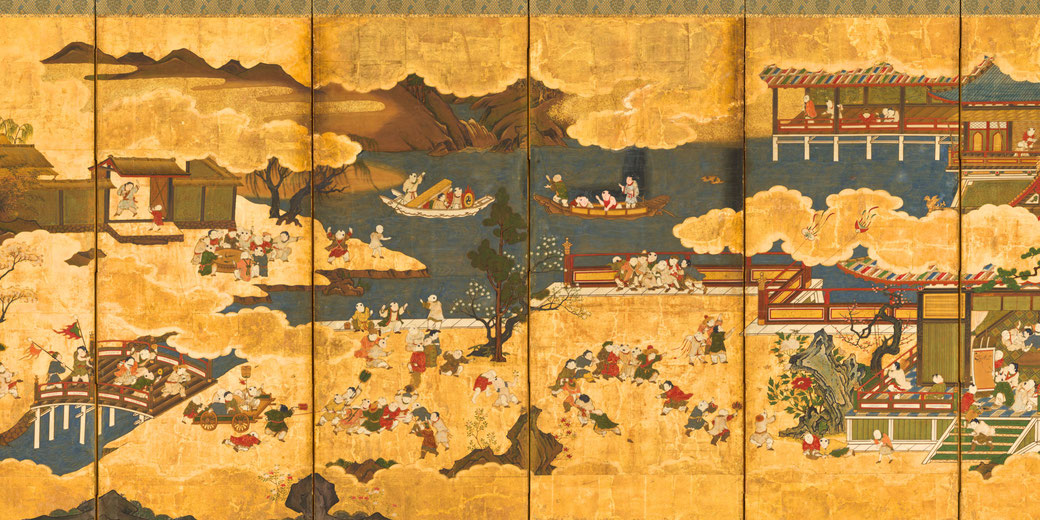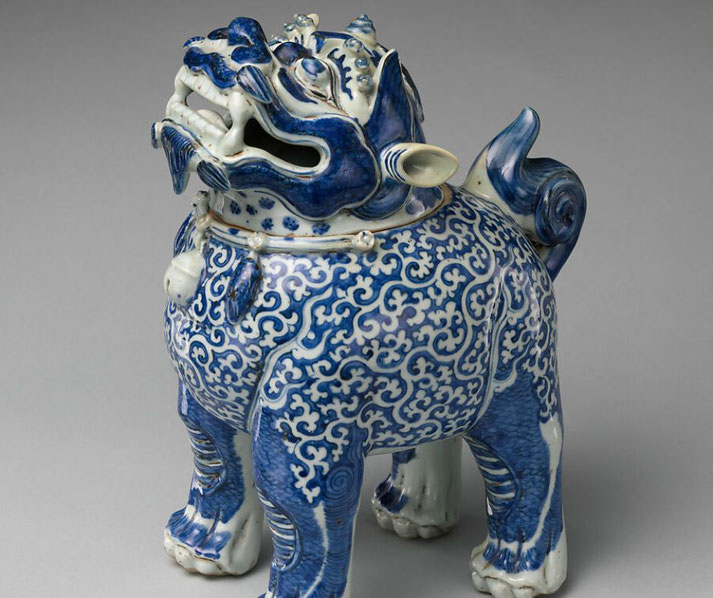How old is Chinese civilization?

The incredible history of Chinese civilisation goes a long way back into prehistory, perhaps as far as over 10,000 years in the past.
But the stories told by the Chinese themselves about their origins do not always line up with what the archaeological evidence shows.
So, just how old is China?
What is the oldest dynasty of ancient China?
The earliest dynasty in Chinese history is usually claimed to be the Xia dynasty.
Very few written records survived from that time and most information about it is mostly in the form of legends. It was said to have been started by Yu the Great in 2070 BCE.
This ruler apparently had the power to control floods, teaching farming to the people, and setting up the first family to pass royal power from father to son.
Finding evidence of the existence of the Xia Dynasty has been challenging.
However, archaeologists have suggested that their capital city was at the Erlitou site in what is now Henan.
Excavations there have found evidence large buildings, bronze items and signs of early town planning.
Unfortunately, there is no definitive proof linking the this site to any part of the legends about the Xia.
Instead, the first real archaeological evidence of a datable kingdom occurs with the Shang dynasty (around 1600–1046 BCE).
They left oracle bones at the last Shang capital, Yinxu, which includes primitive Chinese writing that can be understood by modern scholars, which give some rare information about the politics, society and religion at the time.
The Shang dynasty was particularly well-known for its work in bronze, including ceremonial pots, such as the Simuwu Ding, a very large bronze cauldron weighing more than 800 kilograms.
It is though that objects like this were used it in ancestor worship.
Next, the Zhou dynasty (1046–256 BCE) took over from the Shang after the Battle of Muye and first introduced the idea of the Mandate of Heaven.
This was used to justify the king or emperor’s rule over China, and would become a core imperial belief for more than 2000 years.
Following this dynasty, was the Eastern Zhou period, especially the Spring and Autumn and Warring States time, when many important philosophical texts were written, including works by Confucius and Laozi.

The major dynasties of Chinese history
When China was united under the Qin dynasty in 221 BCE, following the end of the Warring States period, it is officially considered to be the start of imperial China.
Once in power, the Qin created a central state with standardised weights, measures and a single writing system.
They also built large projects such as the first stages of what would become the Great Wall of China.
After the Qin came the Han dynasty (206 BCE–220 CE) which strengthened the empire in a time of strong economic growth.
By the late Western Han period, China’s population had passed 50 million thanks to the fact that farm had improved with better iron ploughs and water systems.
At the same time, the state generated increase revenues from salt and iron trade.
Later dynasties added their own chapters to China’s story, with periods of division and reunification.
The Tang (618–907) and Song (960–1279) dynasties were known for their cultural and technical advances.
During the Song dynasty, inventors introduced gunpowder for use in weapons and developed movable type printing.
As a result, literacy and the spread of ideas increased significantly.
The Yuan dynasty (1271–1368) was established by the Mongols and the Ming dynasty (1368–1644) saw China launch massive sea voyages that reached Africa and the Middle East.
Finally, the last imperial dynasty was the Qing (1644–1912). It was set up by the Manchus and expanded China’s territory to its largest size.
Ultimately, the fall of the Qing dynasty in the early 20th century is considered the end of the sequence of dynasties that had controlled the Chinese civilisation for thousands of years.

How did the Chinese manage to survive for so long?
Perhaps the most important factor in the history of the Chinese civilisation is its ability to change.
Many times it has taken in ideas from different sources to strengthen its own position.
For example, nomads were incorporated into its armies, traders brought in goods via the Silk Road, and sea travellers made contact with distant kingdoms.
Despite constant change, China has kept a clear cultural identity. Specifically, the Chinese language, Confucian philosophy, and a strong, centralised government have been constant features for more than two millennia.
This consistency has helped China bounce back from many crises. For instance, it split during the Three Kingdoms period (220–280 CE) and during the An Lushan Rebellion in the Tang dynasty, and faced destruction during the Mongol conquests.
Each time, China came back stronger by adopting new ideas and new people into its own pre-existing systems.
What is more, the Chinese civilisation has influenced many places well beyond its borders.
For example, it helped Buddhism spread through East Asia and its government and legal ideas were copied by neighbouring states, including Korea and Japan.
Even in the modern era, during the Cultural Revolution of the 20th century, the country experienced major social changes, but within two generations, China has become one of the leading countries in the world.
It continues to draw on its long history to inspire a range of new ideas and movements.
So, if you count from the traditional start of the Xia dynasty to today, the Chinese civilisation has lasted nearly four thousand years: an incredible achievement by any measure.

What do you need help with?
Download ready-to-use digital learning resources
Copyright © History Skills 2014-2025.
Contact via email
With the exception of links to external sites, some historical sources and extracts from specific publications, all content on this website is copyrighted by History Skills. This content may not be copied, republished or redistributed without written permission from the website creator. Please use the Contact page to obtain relevant permission.





